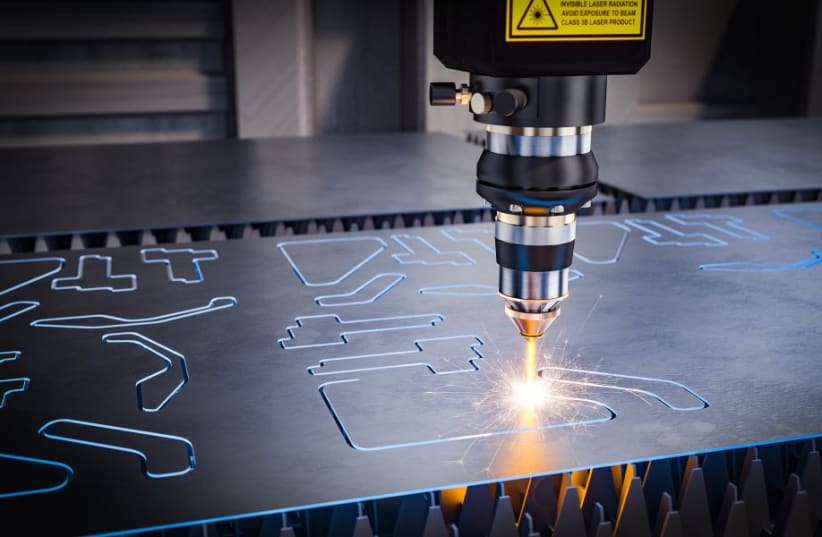Our society is largely based on metal-based products and even more so on fine metalworking. And what exactly do we mean when we say metalworking? What are the crafts that allow us to work and shape metals to our specific needs? Let’s try to understand.
There is no industry without metalworking
"Metalworking is the process of shaping and reshaping metallic materials, for a wide variety of purposes, into an even wider variety of shapes, forms, parts, objects and so on. Metalworking is required to produce the largest of vehicles and buildings, as much as it is required to produce the smallest and finest of jewelry or electronics. With the vital importance of metals as a whole and metalworking specifically in mind, it is easy to understand how vital metalworking is to the industrial process" one of the senior executives in SRI Metal told the Jerusalem post. SRI metal is located in Kriyat Malakhi and specializing in metalworking.
In order to produce quite about anything, you need to work metals to the very precise shapes and measurements required, and in order to do that you need a professional metalworking solution. But what exactly is metalworking? What are the crafts that allow us to manipulate metals as precisely and meticulously as we need? We need to dive into this vast professional world.
Different kinds of metalworking, and their uses
Metalworking can be divided into numerous different kinds of processes, with each one having a lot of different specific methods. Those different kinds of processes are Forming, Cutting, and Joining. Each of these, as we already mentioned, is made of a lot of different methods and processes:
- Forming processes require, quite usually, to de-form the metal in order to shape it into its final form. A good example for that would be the process of making sheet metal. Sheet metal is usually produced without heating, with the use of mechanic force that shapes an unprocessed ore into a metal sheet, ready for industrial use. The process of Rolling is perhaps the best known one to produce sheet metal, with the metal being put through a set of rolls (not unlike the rolling of dough), until it reaches the desired uniform sheet thickness. Another example would be Flattening.
- Cutting is far more straightforward, with the metals being cut into different shapes and for differing purposes. Cutting processes themselves can be split into different groups, those being Chipping (or Machining), Burning and others. Laser cutting would be a good example for a burning method, with a concentrated laser beam being able to cut in a precise and highly delicate manner, even through the thickest and roughest of metal ores. Milling, however, is a great example of a chipping method, with the milling machine removing parts of an axis-bound metal, until it reaches its final form. Drilling, Piercing and Etching are other among other cutting examples, all required for different specific goals in metalworking.
- Joining, as one might deduce, is the process of combining two metal parts together to a single, consistent form. The best-known example of a joining process in Welding – during which metals are being joined together through the process of coalescence, usually reached by melting them with a gas flame or an electric arc. Other examples of joining are Brazing, Soldering, and old-school Riveting (which obviously is not widely used in a modern industrial context).
How does modern metalworking operate?
Once we understand the different methods of metalworking, it is also important for us to understand how a metalworking machine operates. Until not very long ago, most metalworking processes were done manually, with a human operator controlling the machine and working the metal to his best professional ability.
While there were and are obviously very talented metalworkers in this world, manual labor is and always will be limited. For that exact reason, over the last few decades, most metalworking operations work with CNC machines.
CNC stands for Computer Numerical Control, and as you might understand, it is a computer-controlled machine that makes the metalworking process far more efficient and precise. Computed metalworking still requires a professional operator and will always be a controlled, supervised procedure. However, it expands our abilities and capacities in the metalworking profession, which in turn makes the entire industrial process more efficient and its parts better made. Learn More >>>
Industrial excellence requires metalworking excellence
In the world of industry, precise and efficient metalworking is an absolute must-have. Now, when you better understand what exactly is metalworking and how it is done efficiently, you can find a metalworking company and/or solution that suits your needs.
This article was written in cooperation with SRI Metal
